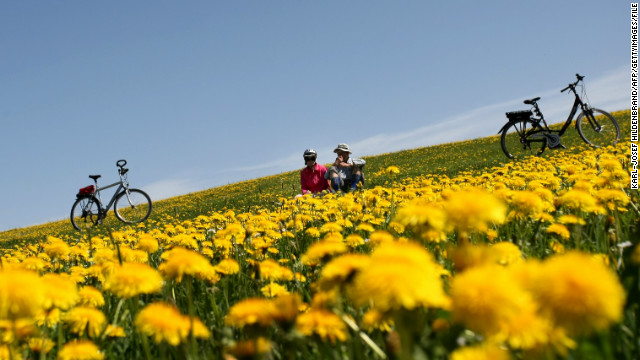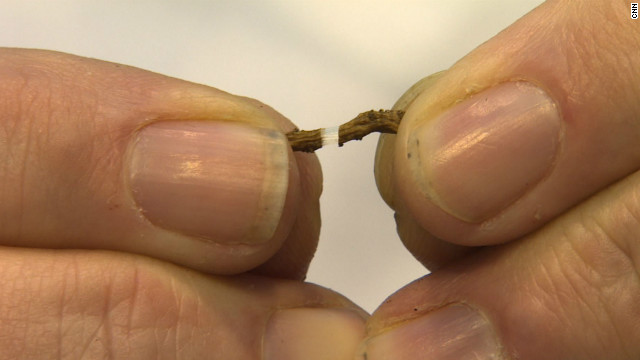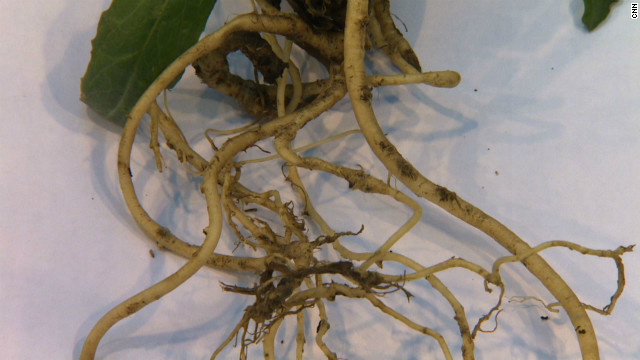耶!!!!今天終於把翻譯生出來了,請各位瞥一瞥吧,順便思考一下能源短缺與替代方法的問題。
Dandelion tires? It's not a Beatles lyric, it's biotech
蒲公英輪胎?這可不是披頭四的歌詞,而是新的生物科技
By Nick Glass and Tim Hume, CNN
February 15, 2013 -- Updated 1617
GMT
Wageningen, The Netherlands
But scientists at
Dutch biotech firm KeyGene believe the flower's true beauty could lie beneath
the soil.
荷蘭瓦赫寧(CNN)—蒲公英黃色的花朵和毛茸茸、傘狀的種子,對大部分的人來說應該不陌生。但荷蘭生技公司KeyGene認為,這種植物真正的美其實不在表面,而是藏在土壤下。
The dandelion's
roots contain latex, the milky liquid that is a source for natural rubber and
the origin for the plant's name in a number of languages (the Danish for
"dandelion" translates as "milk pot").
蒲公英的根部會分泌一種膠狀、乳白色的液體,是製造天然橡膠的原料;而這也成為蒲公英的幾種名字來源,比如丹麥人就稱它為「奶壺」。
Global demand for
natural rubber is expected to outstrip supply by 20% by 2020. But KeyGene believes
that the dandelion can be developed into an important natural source of the
commodity, worth more than $100 billion a year.
The dandelion's
roots are smaller than ideal for commercial rubber production. So KeyGene is
putting the plant through a process of plant phenotyping in order to develop a
variety of dandelion with a fatter root and higher yield, that would be better
suited for industrial processing.
專家預估在2020年前,全球對天然橡膠的需求會超越現在的20%。但KeyGene生技公司相信,蒲公英能夠發展為天然橡膠的重要原料,每年能獲益一兆美元以上。但蒲公英的根部和製造橡膠的原料相比,要來得小。因此,KeyGene公司打算用基改或雜交配種的方式來改善這個缺點,讓蒲公英的根部更肥大,同時也提高產量,符合產業需求。



沒有留言:
張貼留言